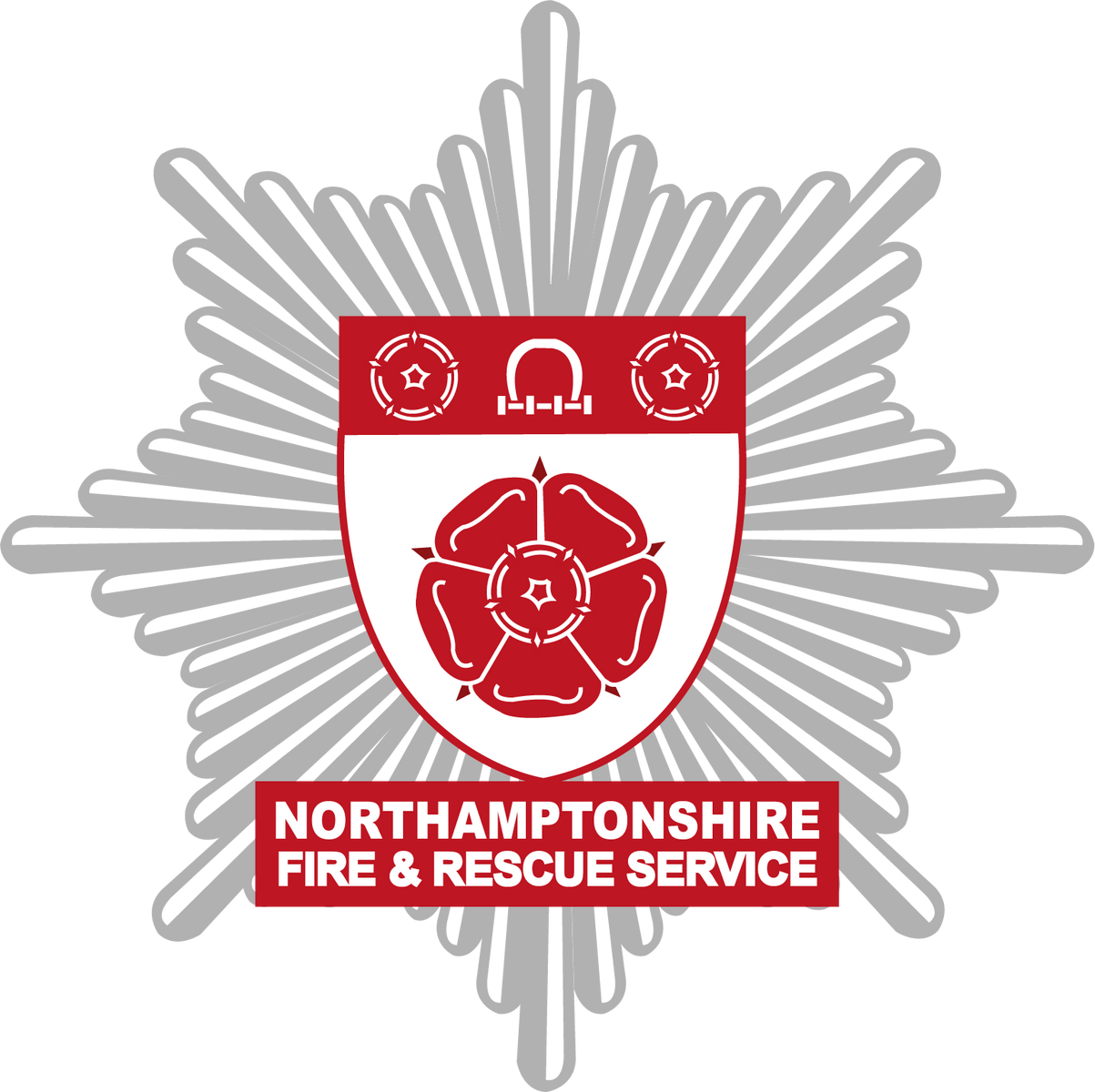Under current fire safety legislation, responsible persons must carry out and regularly review a fire risk assessment of every premises. This will identify what needs to do be done to prevent fire and keep persons on the premises safe.
Every premises, other than a single private residence, must have a fire risk assessment.
However, not every premises will need the same kind of fire risk assessment. Fire risk assessments must be suitable and sufficient for the premises to which they relate, having regard for appropriate guidance . Please note that in some cases, even in what may appear to be quite simple premises, the below guidance will be insufficient. If you do not feel able to carry out a suitable and sufficient fire risk assessment of your premises then please see Seeking help from a competent person, below.
Carrying out the assessment
Regardless of which piece(s) of guidance you use to support your fire risk assessment the fundamental principles of how a fire risk assessment is made are the same.
A fire risk assessment is an organised and methodical look at your premises, the activities carried on there and the likelihood that a fire could start and cause harm to those in and around the premises.
This is split into five steps:
- Identify fire hazards
- Identify people at risk
- Evaluate, remove, reduce and protect from risk
- Record, plan, inform, instruct and train
- Review
For each type of premises, detailed guidance is below, alternatively we have templates and worked examples of fire risk assessments below.
Simple guides
The Home Office has provided guidance for fire risk assessment in very small and simple premises, this can be found here.
NFRS’ fire risk assessment guidance package
We have produced a package of supporting materials for responsible persons in premises which are beyond the scope of the above guidance documents but which are still reasonably simple. In these premises it may not be necessary to employ the more comprehensive guidance documents below.
To simplify the process as much as possible we have produced a fire risk assessment template which will be suitable for most simple premises.
NFRS fire risk assessment template (PDF, 1MB)
We have also produced guidance to support you in using the template. You may find it beneficial to use both of them together as you complete your fire risk assessment.
NFRS fire risk assessment guidance
We have prepared a worked example of how this fire risk assessment template might be completed for an office building, which you may find instructive.
NFRS fire risk assessment template – worked example (HMO)
Premises-specific fire safety risk assessment guidance
In cases where you are unable to use the above guidance to carry out a suitable and sufficient fire risk assessment of your premises you can find more detailed information in the premises-specific fire safety risk assessment guides. These guides, also known as the CLG guides, can also be used as a reference for any specific fire safety questions or concerns that arise.
Seeking help from a competent Person
If you feel, having read the above guidance, that you:
- Do not have an appropriate knowledge or understanding of fire safety and the risk to people from fire to comply effectively with the legislative requirements, or
- Are unable to invest sufficient time and resources to do justice to this important task
You will need to appoint a specialist company to carry out the risk assessment for you. Such specialist must identify the fire safety measures that need to be in place. You should maintain close involvement in the process.
The Fire Risk Assessment Competency Council have produced a document (Guidance Choosing a Competent Fire Risk Assessor) for information on how to select an appropriate person or organisation to carry out the risk assessment on your behalf.
This guide and other helpful documents/links are accessible below:









